Meteor Crater in Arizona, and Wolfe Creek Crater in Western Australia, both of which are well-preserved meteorite impact craters formed tens of thousands years ago.
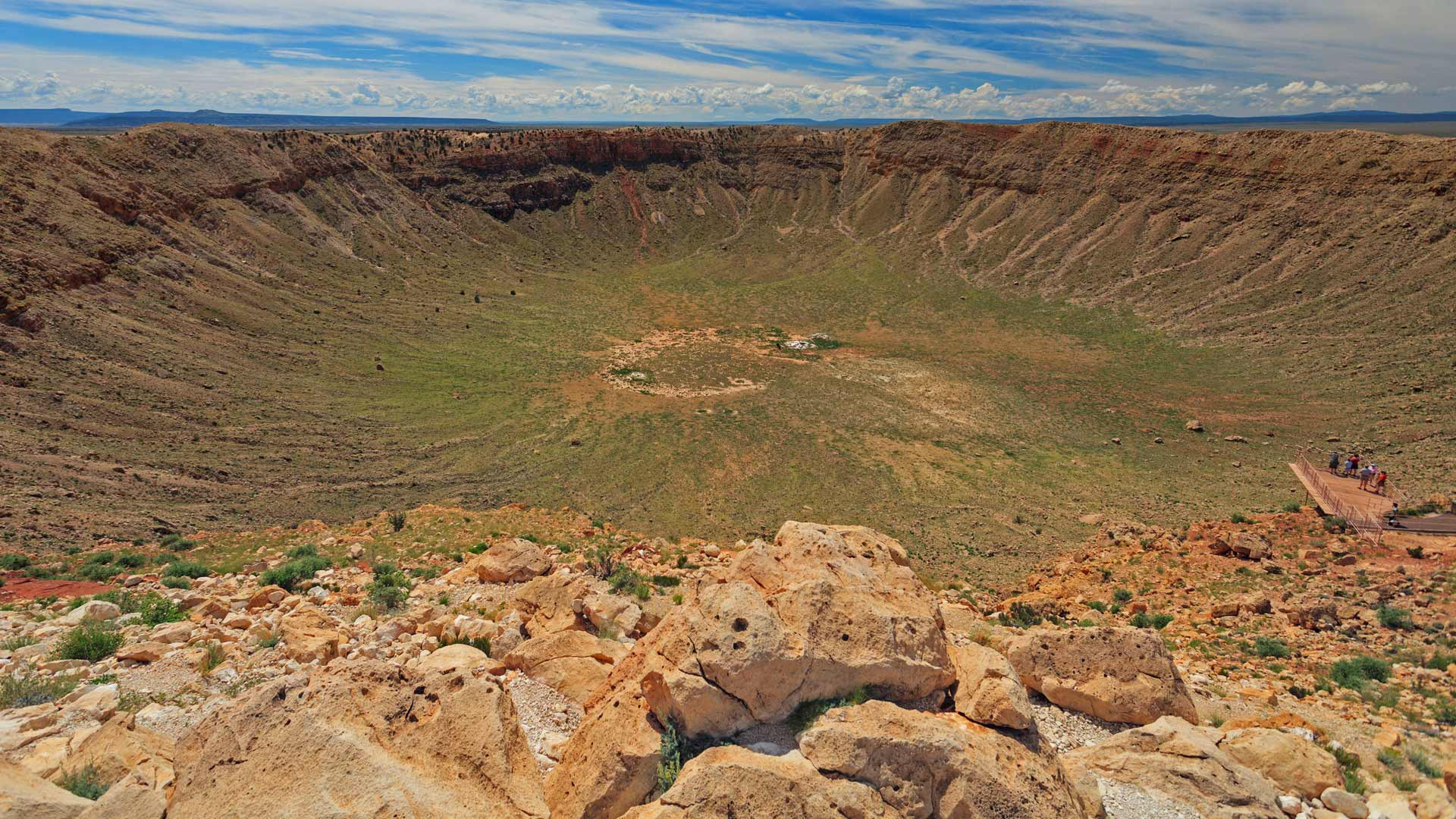
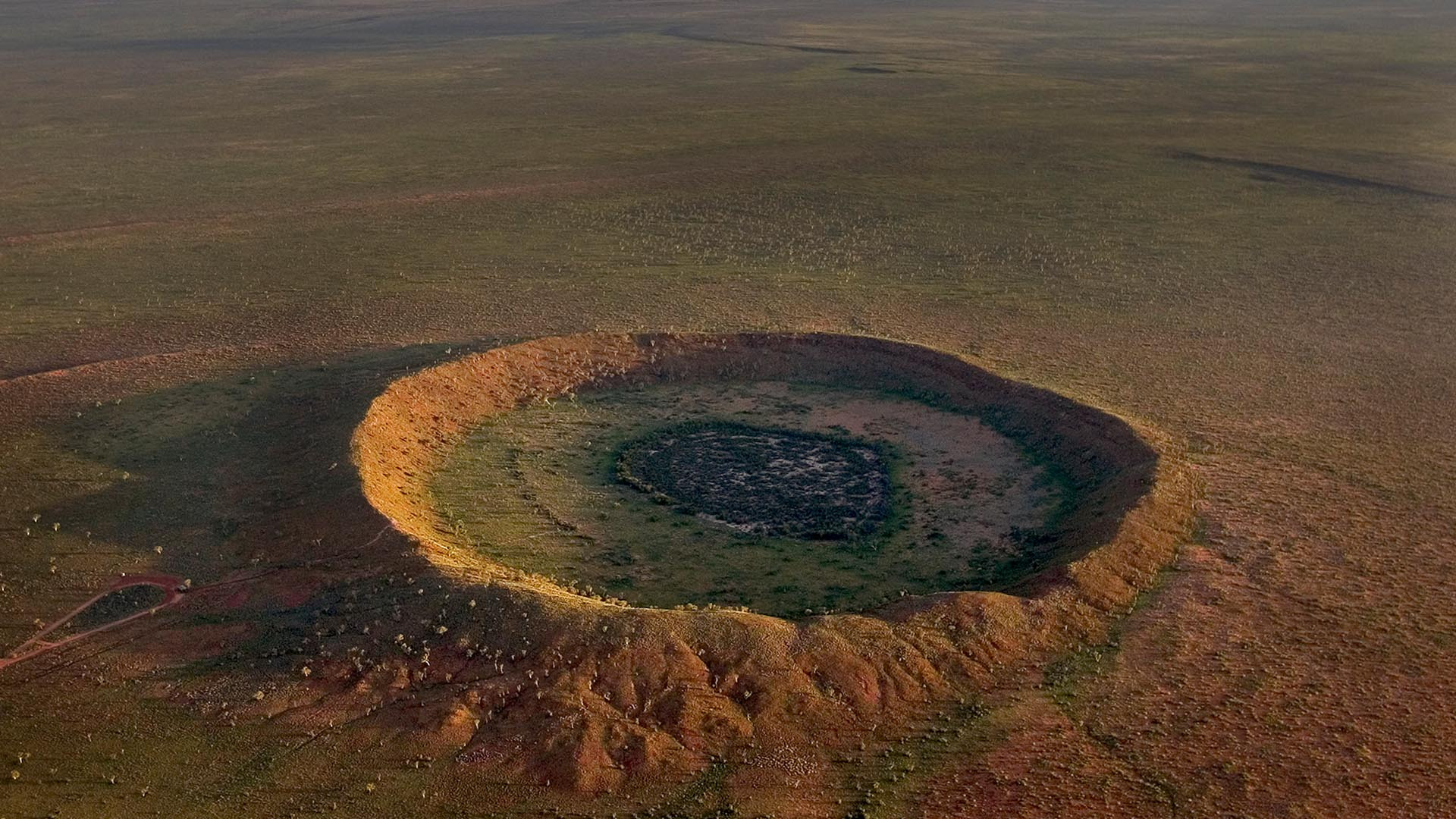
Meteor Crater in Arizona, and Wolfe Creek Crater in Western Australia, both of which are well-preserved meteorite impact craters formed tens of thousands years ago.


Red lanterns are a particularly appealing cultural characteristic of festivities in Asian countries.





Palace of Westminster with Big Ben on the right (© Terry Ott).

Tea plantations in, or around, Munnar, in Kerala, India.



Stunningly beautiful natural stone arches that have been lost forever after collapsing into the sea from natural erosion within these last few years. The first image on the left is Darwin's Arch in Darwin Island, in the Galápagos Archipelago in the Pacific Ocean. This arch collapsed into the sea on 17 May 2021. The second image is the Azure Window (known as 'it-Tieqa tad-Dwejra' in the vernacular), a natural stone arch formation that was near Dwejra Beach, in the island of Gozo. The Azure Window collapsed into the sea on March 2017.
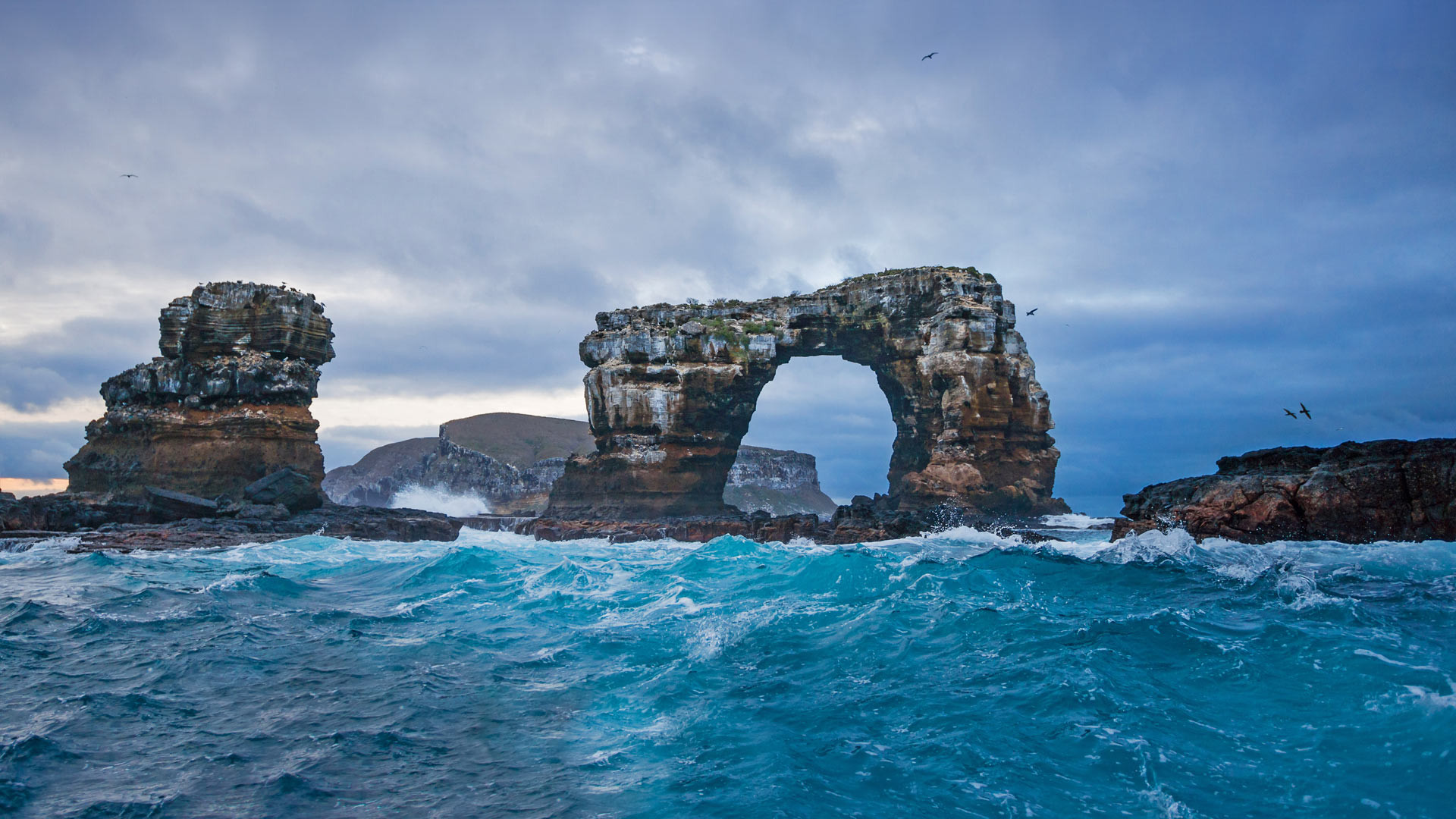
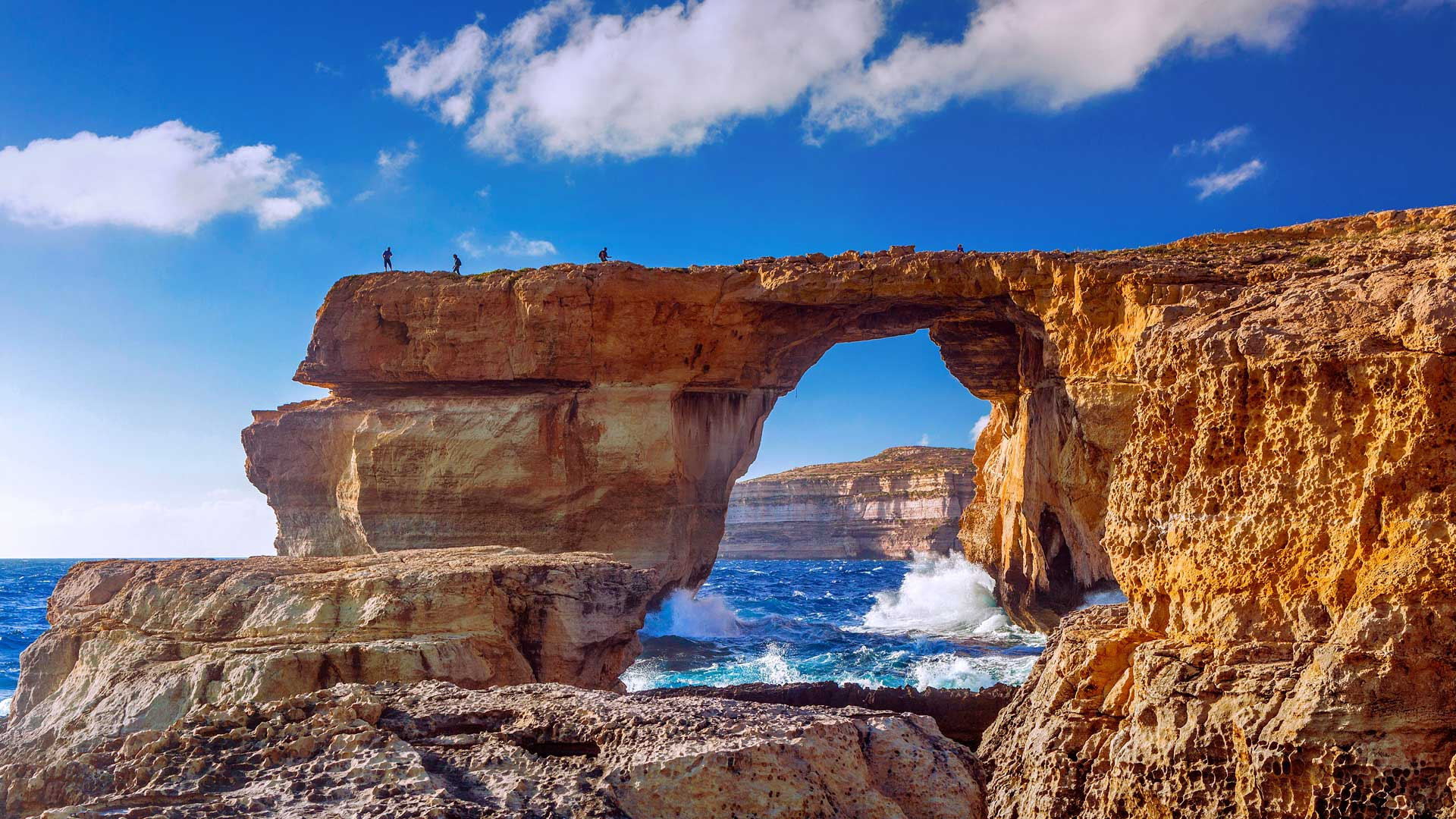
Further to the theme of very small islands inside lakes or near beaches (see previous posts starting from the one dated 23rd September 2024, up to the one dated 2nd February 2025), here is the Drina river house — a wooden, cabin-like house on the rock in the middle of the Drina river, near the town of Bajina Bašta in western Serbia. The original shelter was built in 1968 by a group of swimmers, but was washed away when the rainy season came. Until 2019, the shelter was destroyed 7 times, but it was rebuilt every time.
The house became one of the most photographed objects in Serbia. A photo of it was chosen as one of the Photos of the Month of ‘’National Geographic’’ in August 2012. ‘’Business Insider’’ named it among 16 “wackiest” houses, while numerous world magazines wrote stories about it.
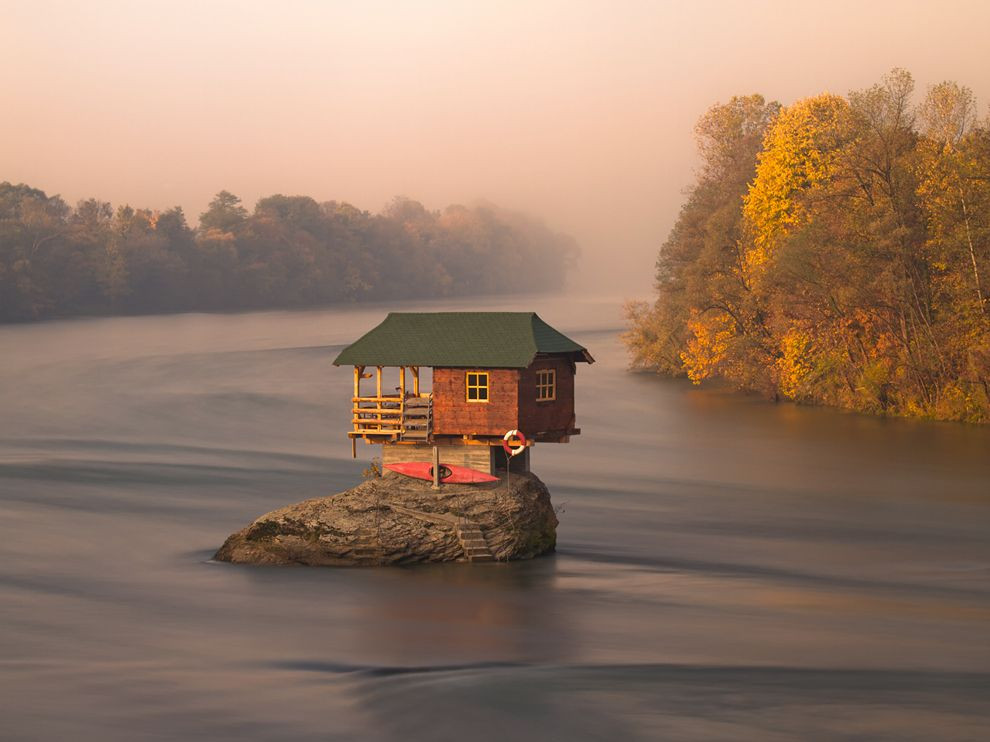
The Archway Islands on the Wharariki Beach at the Northwestern side of New Zealand's South Island offer fantastic photographic potential, as these images demonstrate — one of these photographs even won an Honourable Mention at the 2015 edition of the Neutral Density Photography Awards (ndawards.net/winners-gallery/nd-awards-2015/professional/seascapes-waterscapes/hm/1727/).
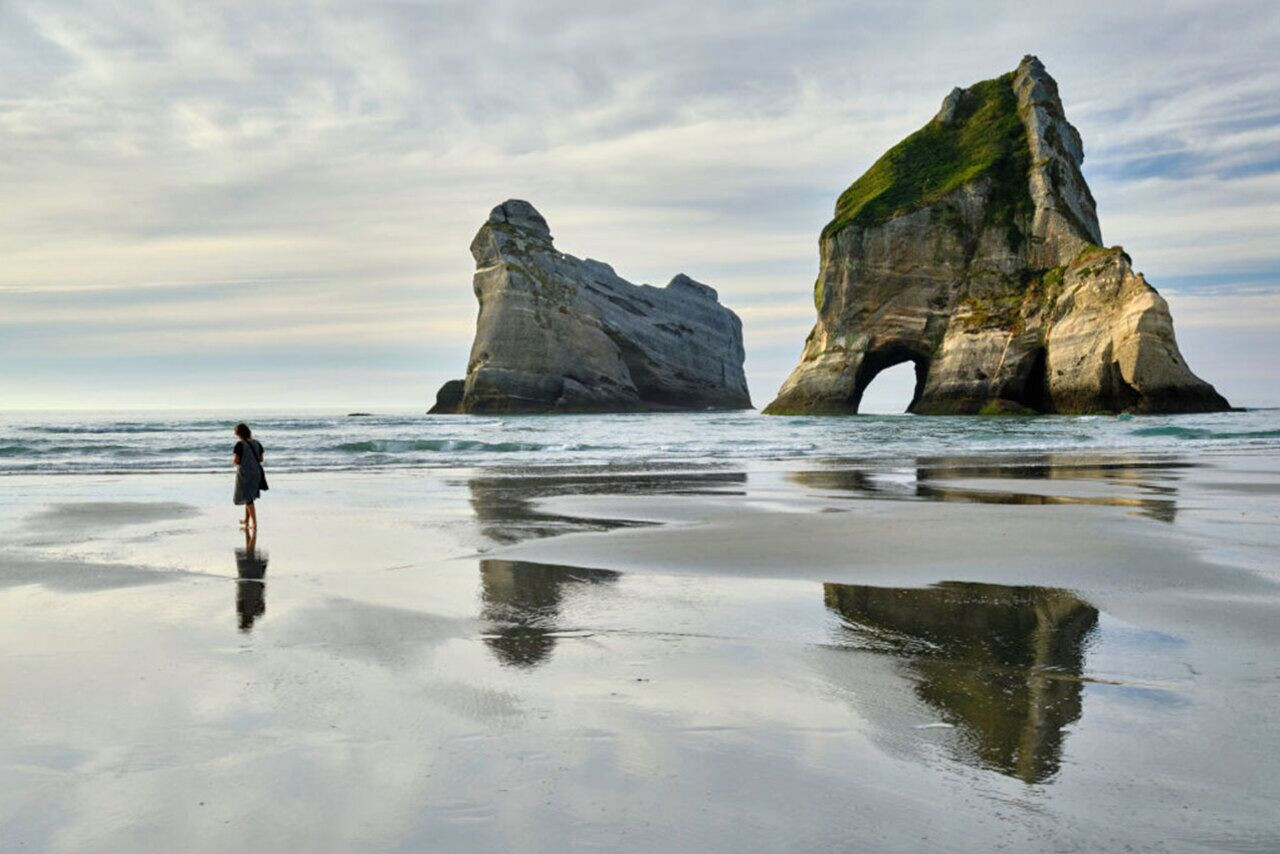
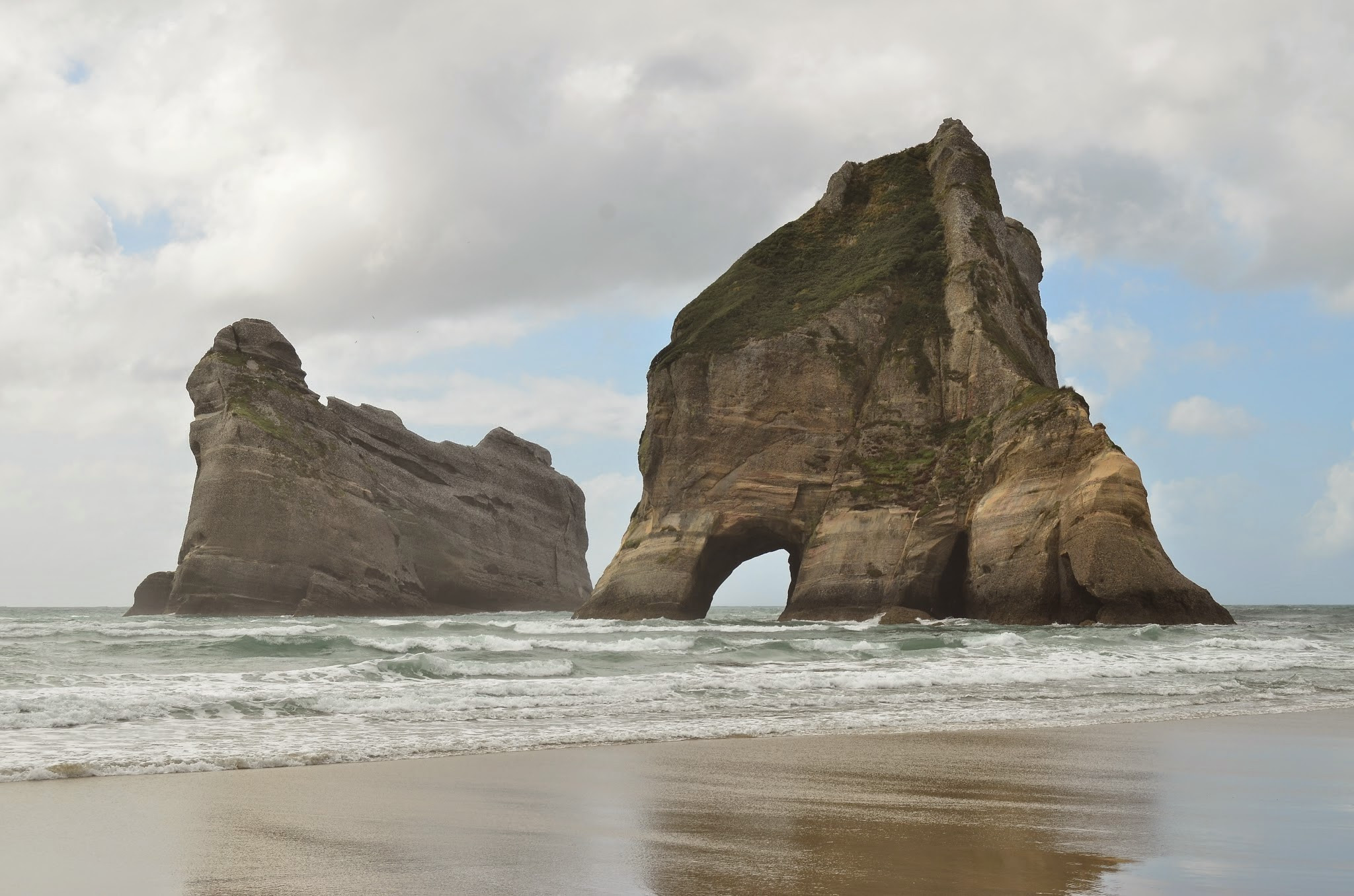
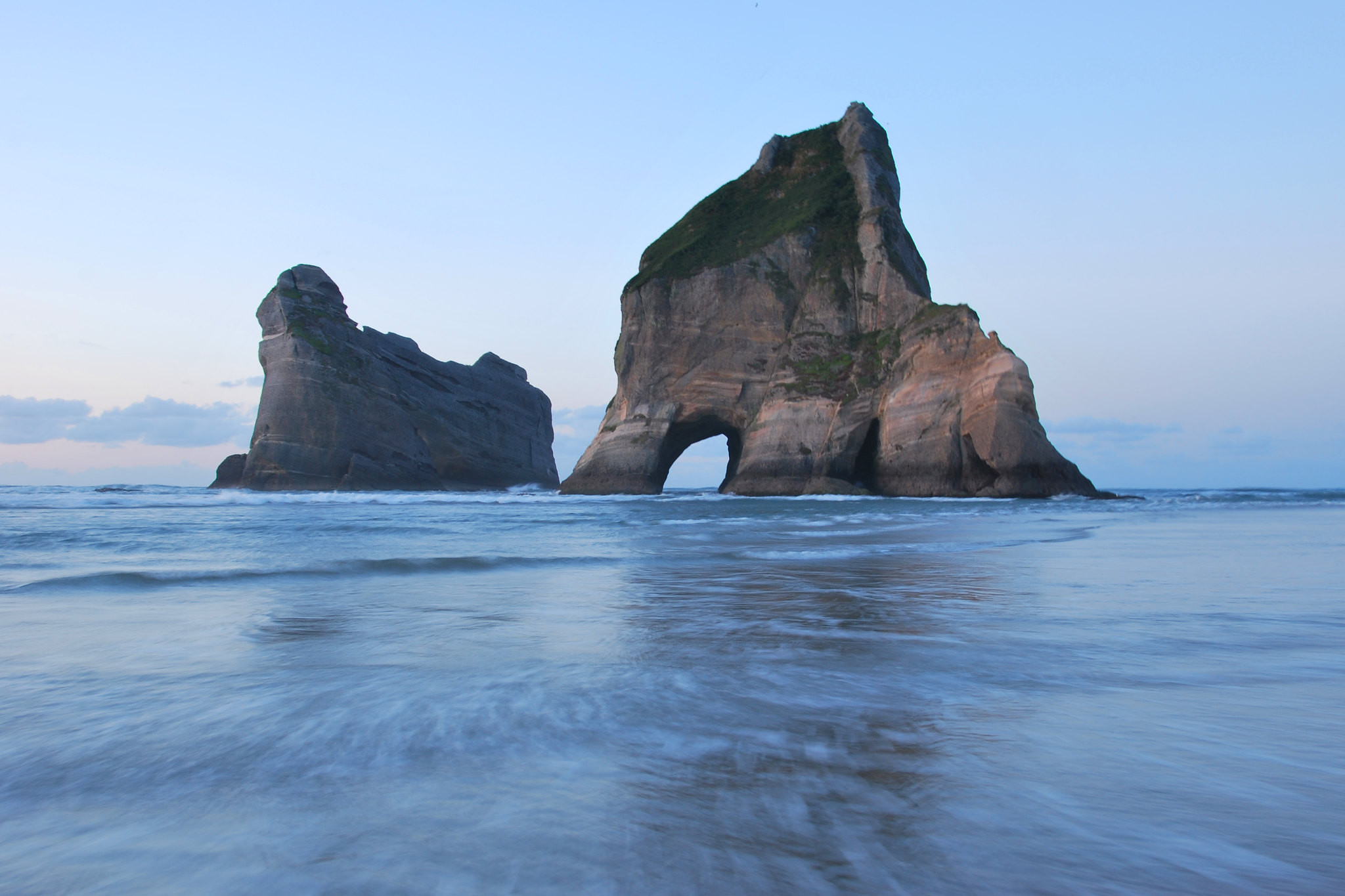
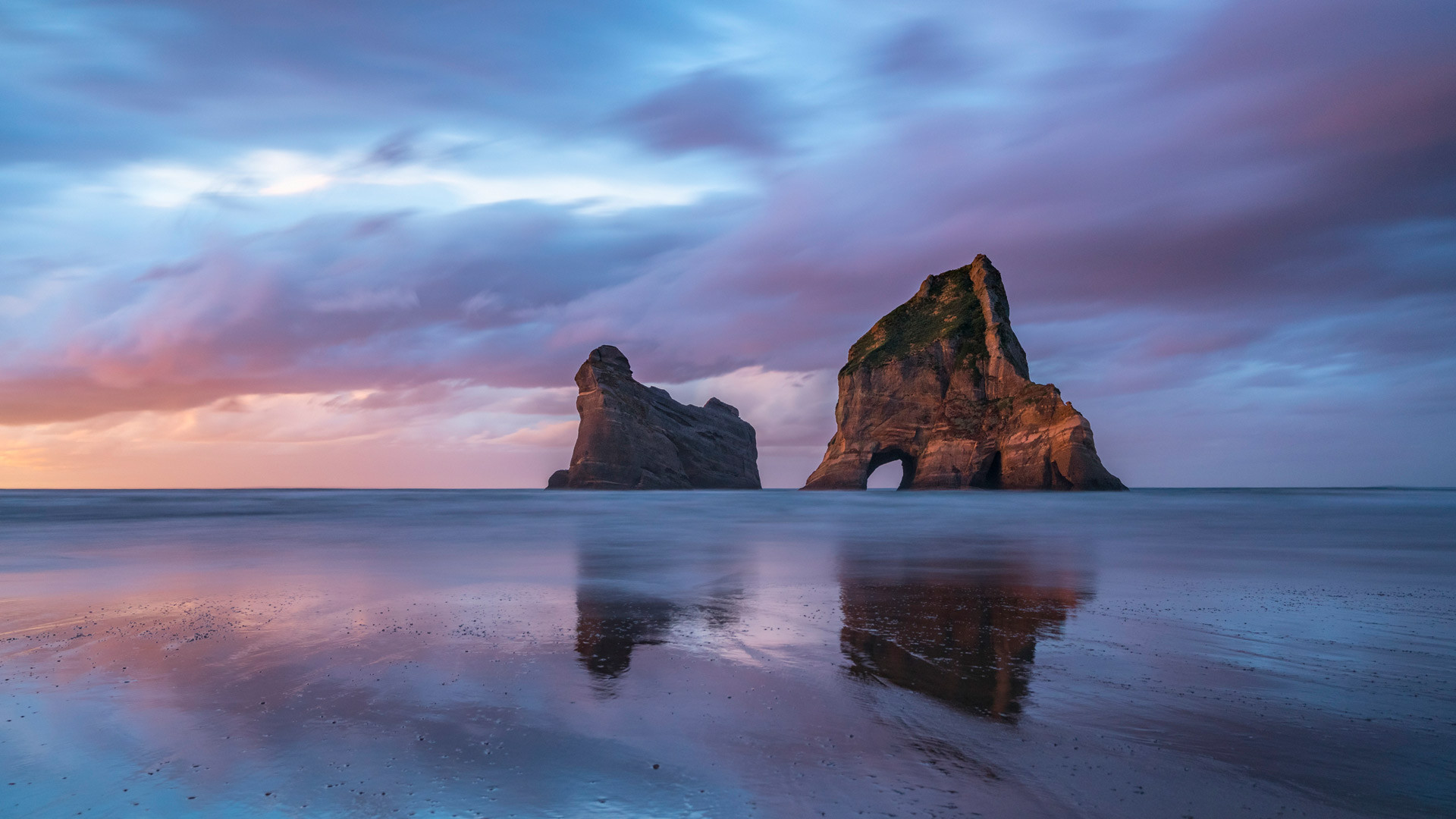
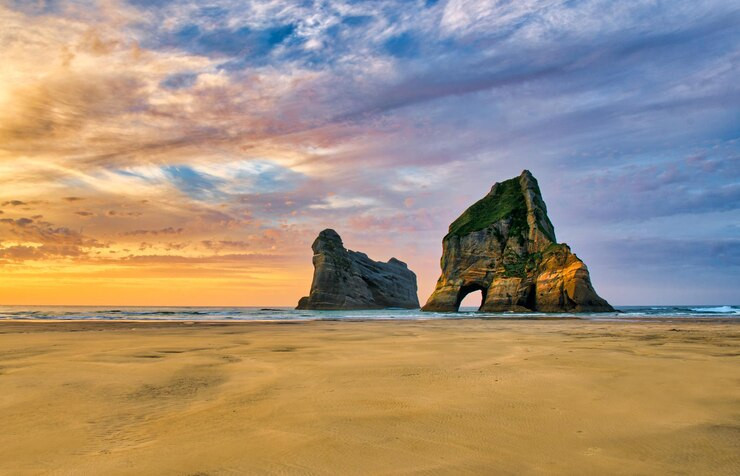
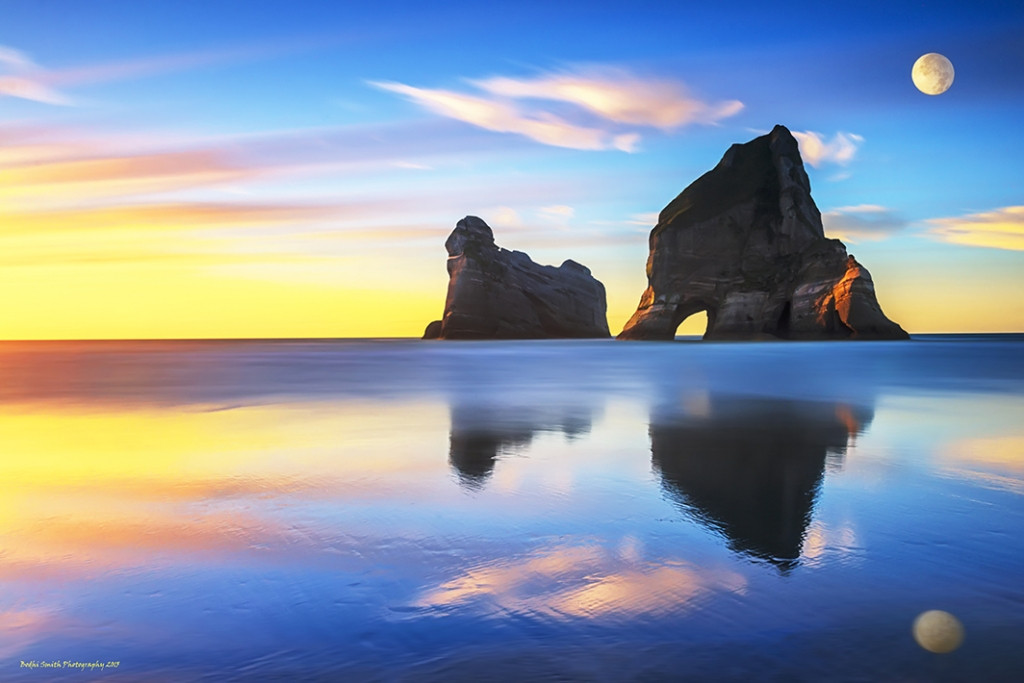
Revisiting the theme of very small islands inside lakes or near beaches (see previous posts starting from the one dated 23rd September 2024, up to the one dated 29th December), here is a lovely small wooden church dedicated to the Apostle Andrew the First-Called, standing on a very tiny island on the Vuoksa River, in Saint Petersburg, Russia.

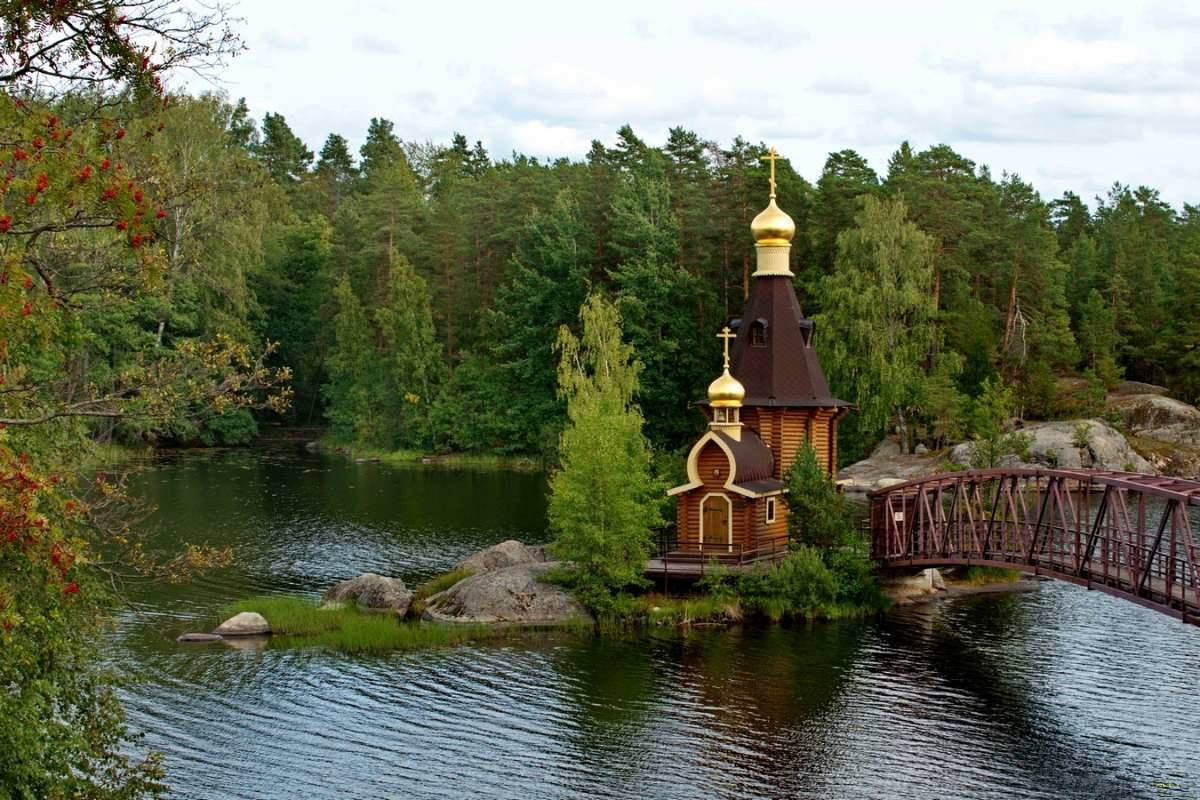
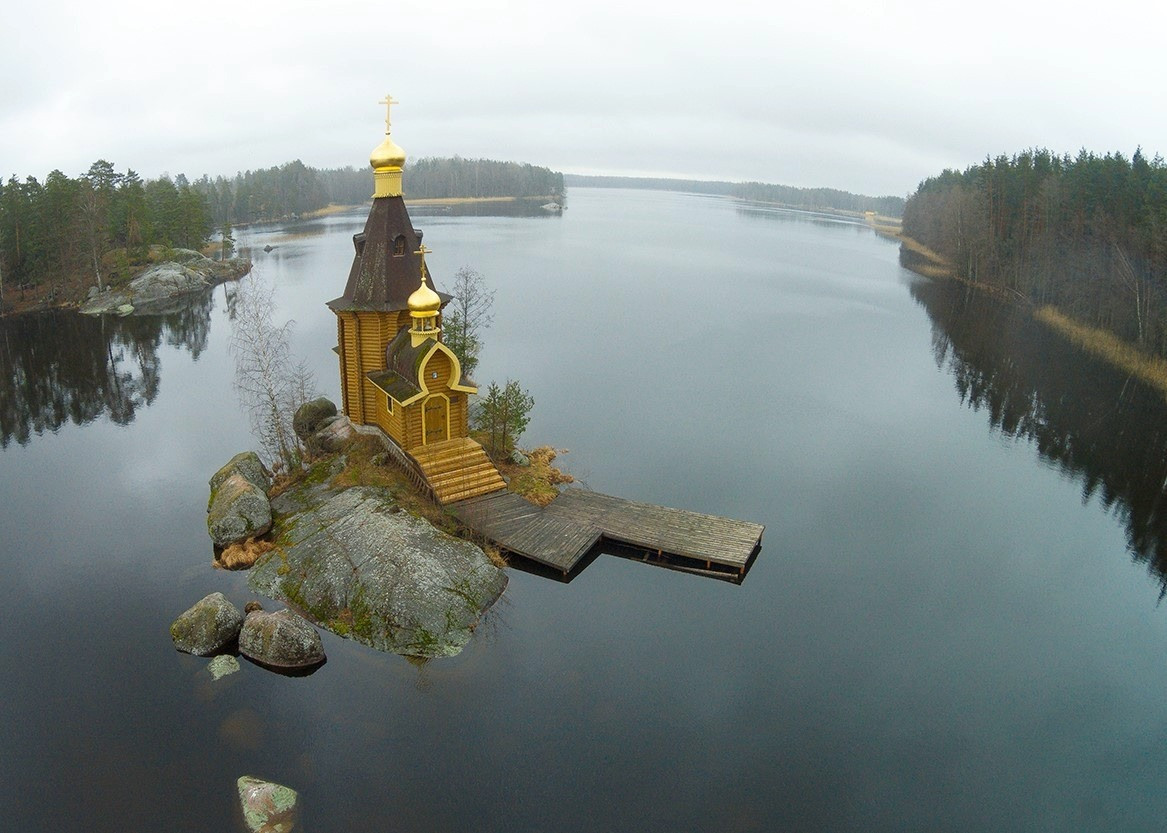
Canoeing in the North American continent.
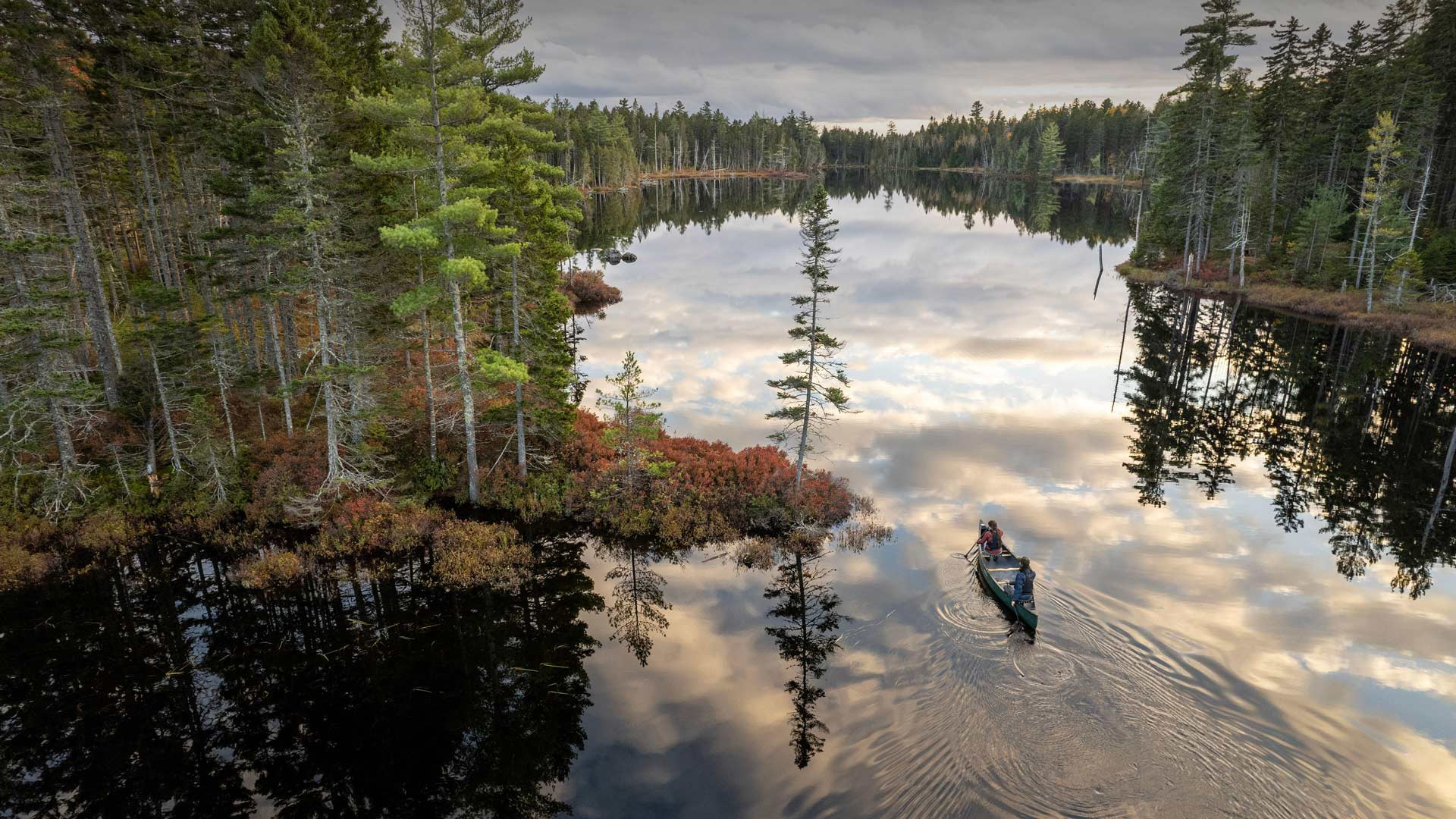
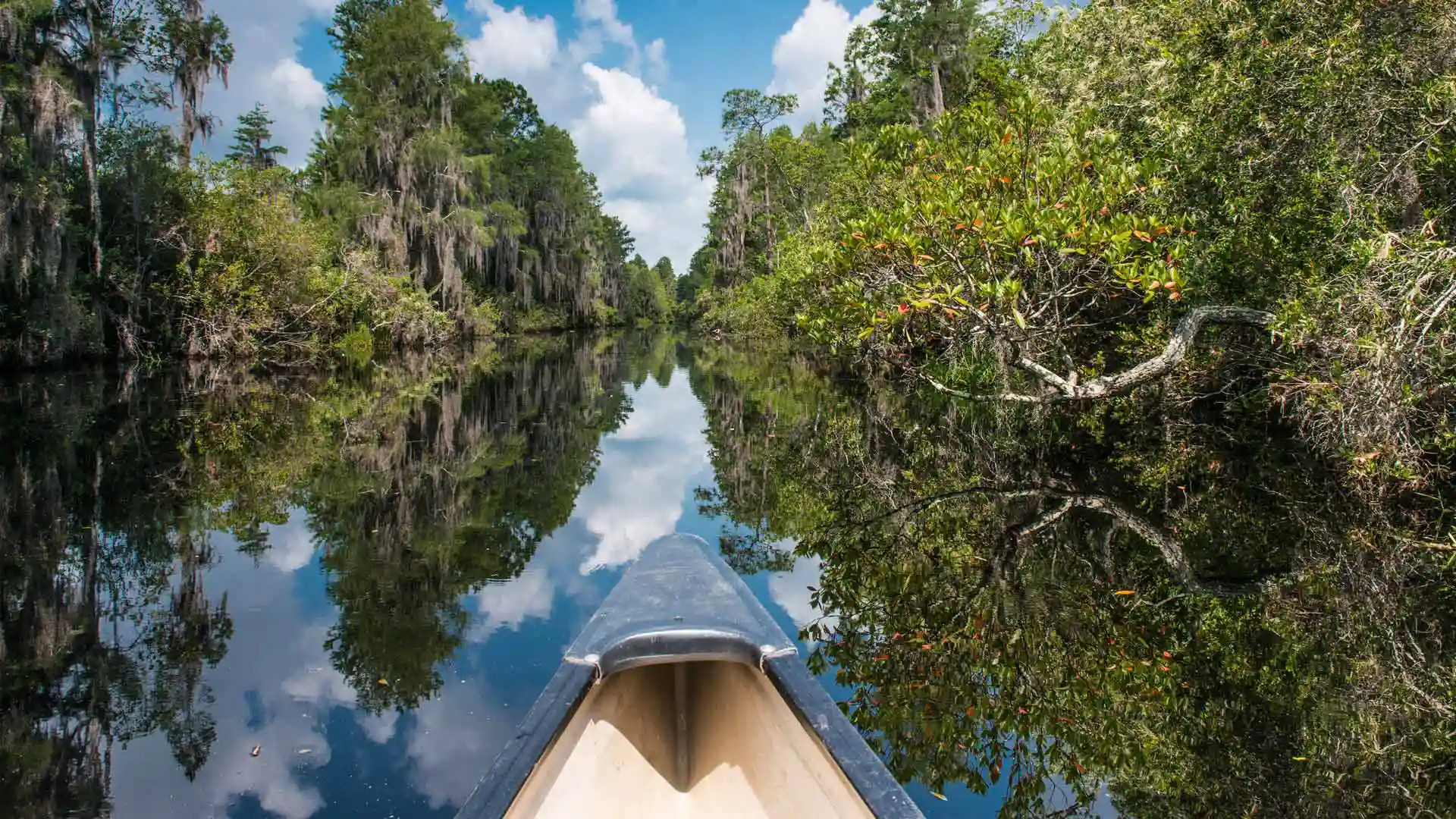
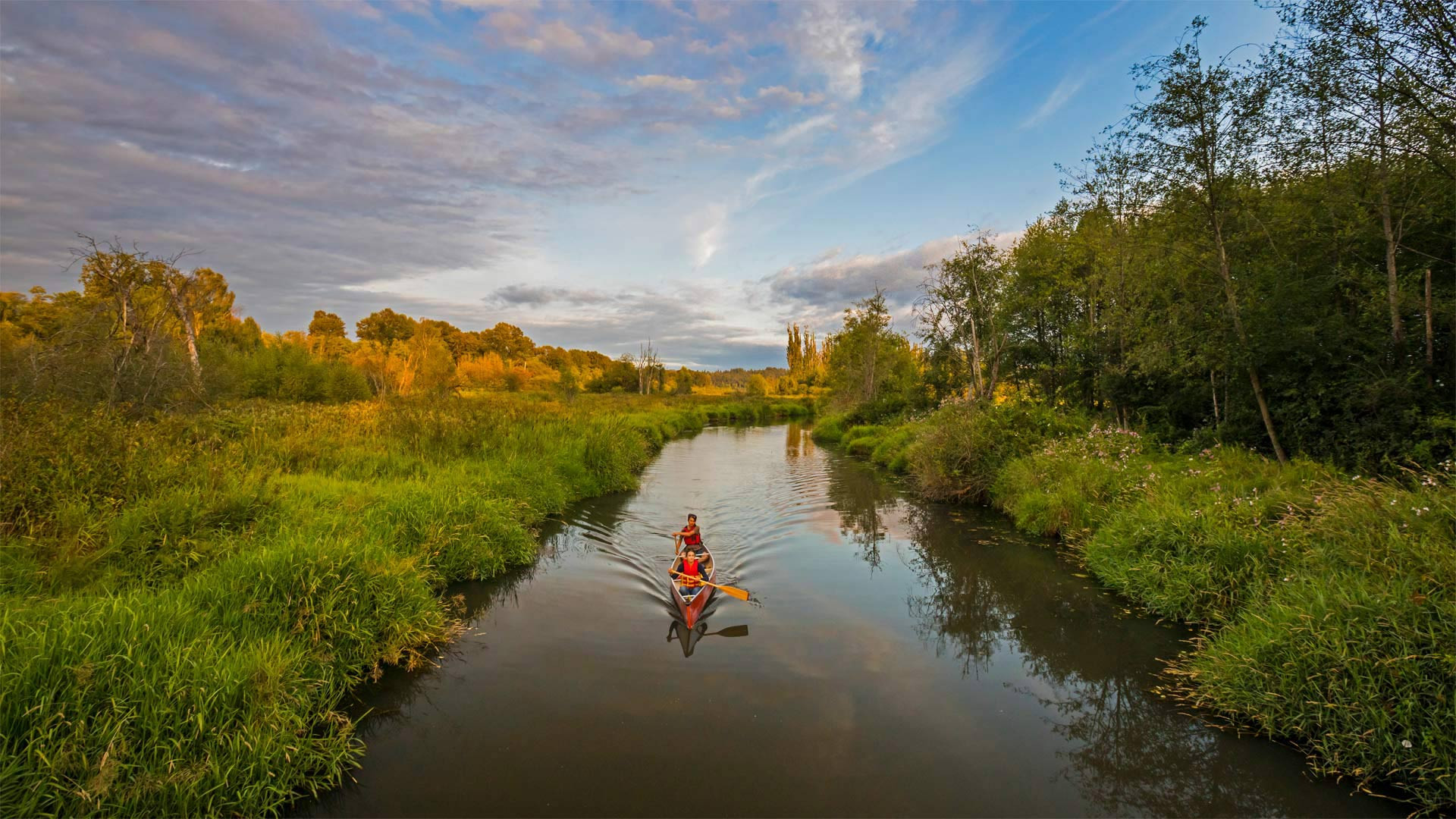
Ashdown Forest in East Sussex is famous for serving as inspiration for the Hundred Acre Wood, the setting for the Winnie-the-Pooh stories written by A. A. Milne. Milne lived on the northern edge of the forest and took his son, Christopher Robin, walking there. The artist E. H. Shepard drew on the landscapes of Ashdown Forest as inspiration for many of the illustrations he provided for the Pooh books.
Most of the familiar locations from the books can be found at Gill’s Lap (Galleon’s Leap in the books). To reach it, one must walk along a Roman road that slices through the forest across open heathland, surrounded by heather, bracken and gorse. This richly historic landscape is ancient indeed: a stone axe found close to the Roman road dates from prehistoric settlers 40,000 years ago.
The forest is still home to a protected herd of fallow deer, as well as to Scots pines, a cluster of which served as the base camp for our friends’ adventures in the books.


